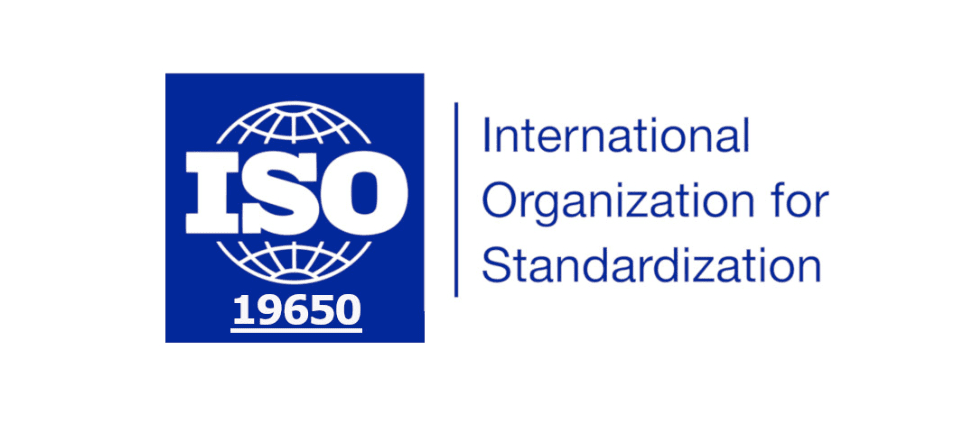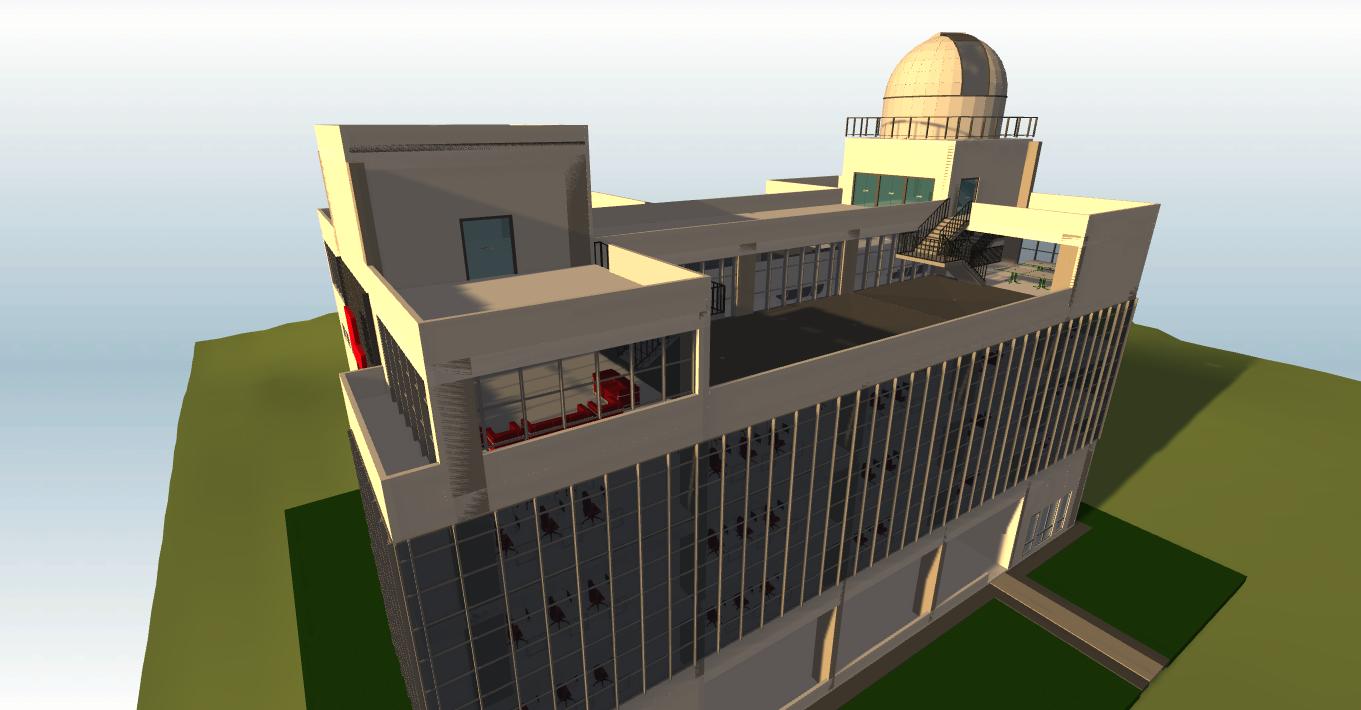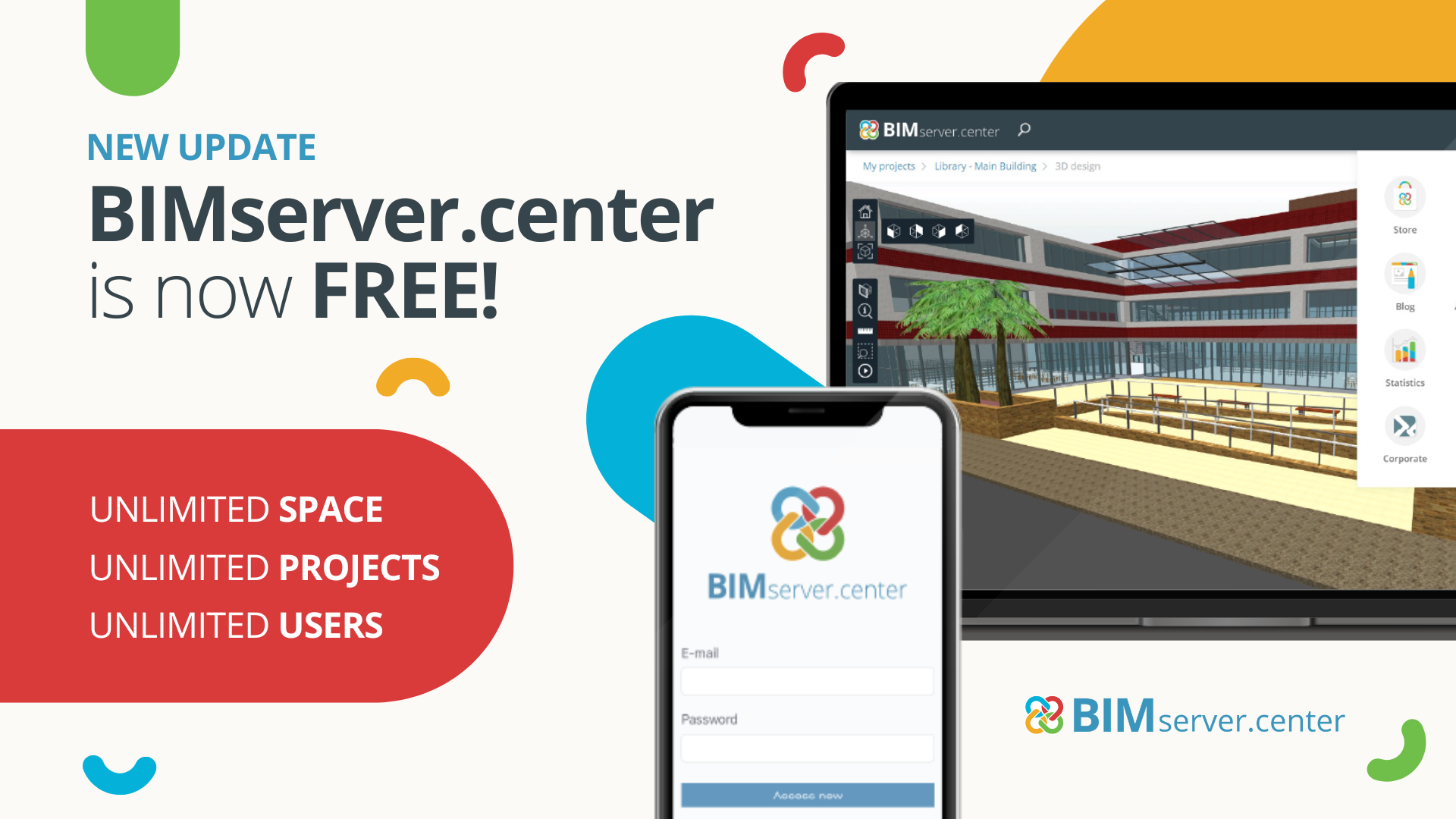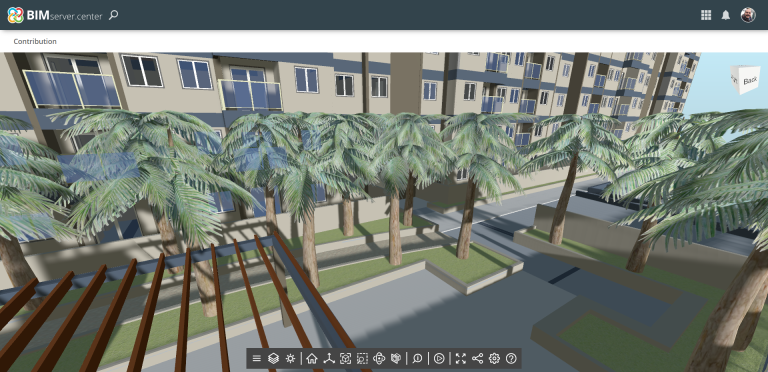ISO 19650 is a series of international standards that define a reference framework for managing information over the whole lifecycle of a built asset, both in its development and operational phases. This framework aims to standardise the processes of information development and management in order to optimise collaborative work processes and increase efficiency in the use of the BIM methodology.

Standardising processes and facilitating collaborative work are precisely two of the main goals of BIMserver.center. These goals are materialised in a series of requirements that could be considered common to BIMserver.center and ISO 19650:
● Common Data Environment, CDE. ISO 19650-1, chapter 12, is clear on the need to have an "agreed source of information for any given project or asset"; this agreed source of information should be easily accessible to all contributors and should collect, manage and disseminate each information container through a managed process.
One of BIMserver.center's main functions is precisely to enable a shared storage space in the cloud for collaborative project development.
BIMserver.center allows work to be developed collaboratively, in a simple and natural way. The Project represents the agreed source of information in its shared (S) status, which can be consulted by all parties (project collaborators) for coordination and potential validation. This repository is made up of the contributions generated from each of the native work-in-progress (WIP) applications and files which, depending on security and privacy requirements, may function as private local files or, where appropriate, be kept in an agreed common repository. Once validated, each of the contributions will become part of a new information container with a published (P) status that, depending on their needs and preferences, may constitute a differentiated Project in BIMserver.center or, again, be kept in a common repository agreed outside BIMserver.center.
It should be noted that the need to have a Common Data Environment (CDE) specified in ISO 19650-1 doesn't imply using a single solution. BIMserver.center allows working in tandem with other common information storage solutions, providing, in this case, specific BIM functionalities (model viewing, managing and reporting issues, coordinating contributions, etc.).
● Use of open formats. Work files are, in short, information containers. ISO 19650 encourages persistent and retrievable containers and, therefore, supports and promotes the use of open formats as a guarantee of durability and accessibility of information over time.
This issue is quite transparent. In most cases, native formats require a valid licence for editing and, very often, for simple reading. This dependency is magnified when, in addition, it is subject to possible obsolescence due to a change of version. Faced with this alternative, the use of open formats guarantees unconditional access to data.
BIMserver.center is firmly committed to the use of standards. Among them, the most important is the IFC. This standard format makes it possible to describe, store and exchange information about construction models.
The Open BIM commitment means that the main form of communication that takes place between the applications belonging to the ecosystem is carried out via the use of this standard. Moreover, it allows models developed by third-party applications to be fully integrated into the workflow proposed by BIMserver.center.
● Document management. In accordance with the recommendations of BuildingSMART International, some national chapters have developed nomenclature manuals aligned with the ISO 19650 series of standards that serve as reference templates for the industry.
BIMserver.center allows users to define the desired nomenclature when incorporating the different contributions to the shared project, facilitating the use of a fixed coding structure for the identification of the different documents, in accordance with the recommendations of the standard.
Using the IFC Uploader, any file from a third-party application (whether it is a model in standard IFC format or any other type of file) can be incorporated into the project.
● Roles. To implement BIM in an organisation, or to use BIM in a project, users need to define levels of competence, responsibility and access to information related to creating, using and managing documents.
BIMserver.center allows users to participate in their own projects or those of third parties, using the collaborator role; this distinction delimits both responsibilities and access to the available information. On the other hand, the use of corporate accounts facilitates collaboration between the members of a corporation; this simplifies and facilitates the definition of permissions and access to shared information.
● Information security. The use of shared environments increases the risk of vulnerability of barriers to third parties. These risks and consequences increase depending on the sensitivity of the information. BIMserver.center implements the most advanced security measures to provide an optimal balance between security and ease of access to information.
Beyond the aforementioned points, it is worth highlighting some other BIMserver.center features that make it an attractive and functional tool for everyday use:
● Free. BIMserver.center is free for everyone, with no storage limits.
● Multi-device. BIMserver.center can be used on any device (computers, tablets, smartphones, etc.), making it easy for any collaborator to access the information, anywhere.






